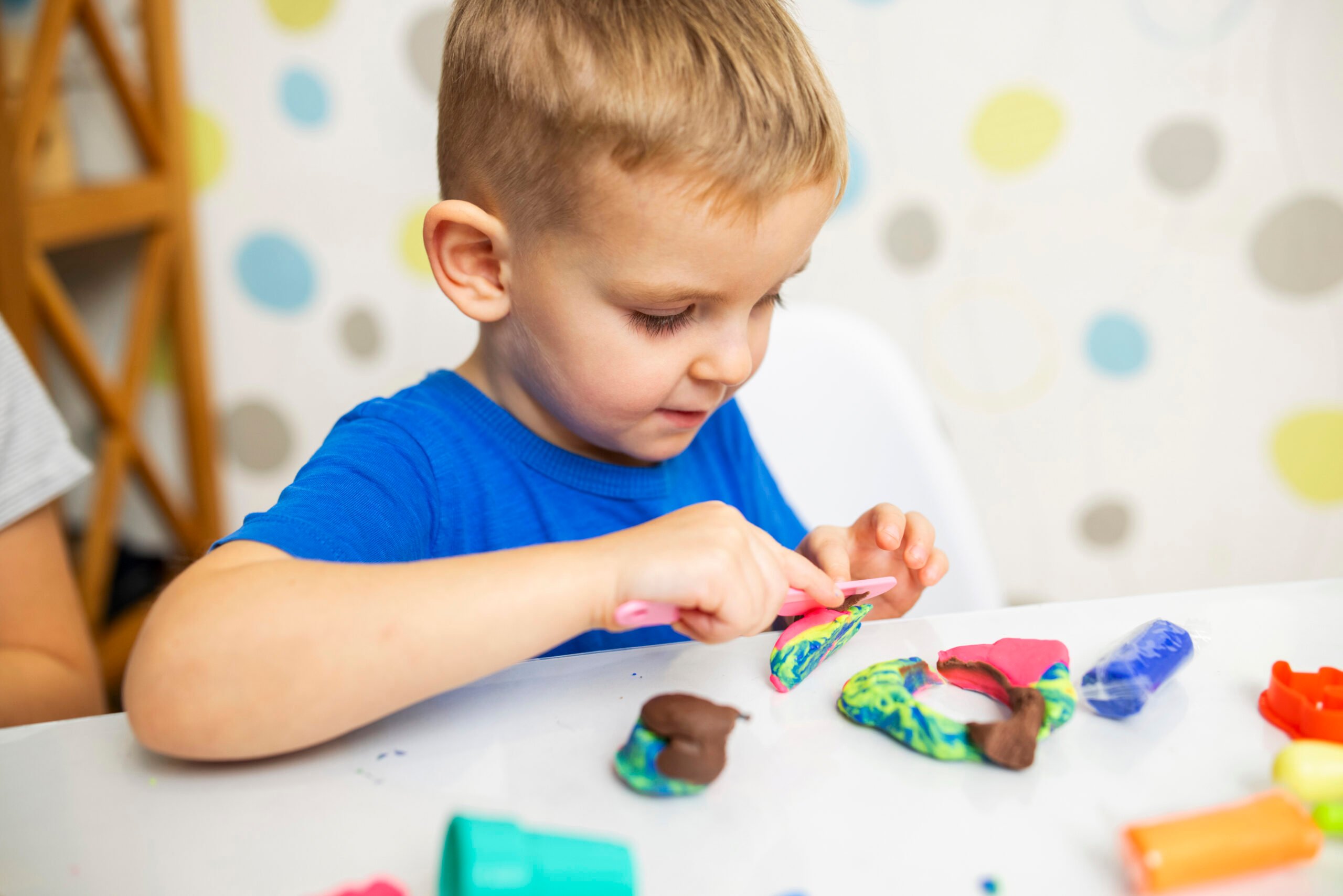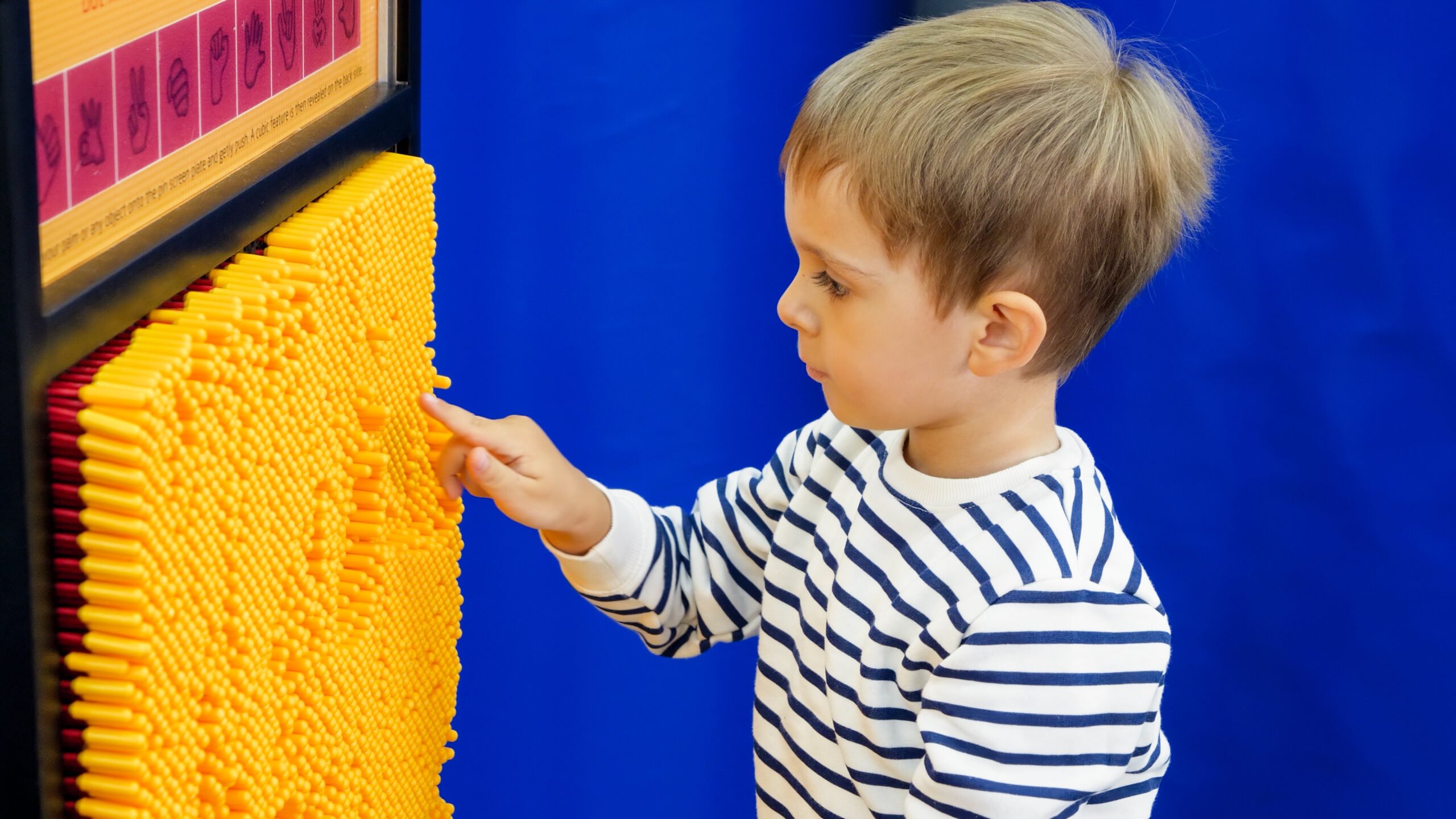
Can Your Child’s Vision Impact Their Behavior?
Does your child get frustrated with homework, avoid reading, or seem inattentive in class? Sometimes what looks like a focus or behavior problem is actually

Does your child get frustrated with homework, avoid reading, or seem inattentive in class? Sometimes what looks like a focus or behavior problem is actually

When you think about your child’s development, you may often hear the terms fine motor skills and gross motor skills. These skills are the building

If your child refuses to touch certain fabrics, avoids certain foods, or pulls away from activities that involve messy play, you may be wondering why.

When you think of obstacle courses you may envision things like Ninja Warrior or Wipe Out but they are also a fun game for kids to play. Not only are obstacle courses a game but they are a great way to work on a variety of skills including motor planning, bilateral coordination, and sensory integration!

As the season of winter is vastly approaching, snow is (potentially) in the air! While we may want to stay indoors when it is snowing, playing in the snow actually has many benefits to a child’s development (once bundled up, of course!). Playing, moving around, building and creating in the snow provides opportunities for gross and fine motor skill development, coordination, body awareness, problem-solving, and even social skills. Not to mention an overall great activity to provide sensory input.

Cooking with kids around the holidays is a fun activity that many parents and children enjoy doing together. Encouraging cooking skills is a great way to support a child’s independence and prepare them for adulthood. Performing tasks such as scooping, kneading, cutting, chopping, and shredding are great ways to develop fine motor skills and coordination. In addition, following a recipe teaches children how to follow directions and sequence steps. Some tips for cooking with your children this Thanksgiving include:

The leaves have begun to fall and it’s time to dig out the long sleeves, pants and jackets. For a kid who struggles with sensory processing, especially tactile defensiveness, this time of year may cause increased stress and anxiety. For a child on the Autism spectrum or with other tactile difficulties, tags, textures and seams may cause complete meltdown. Luckily many clothing brands have recognized this difficulty and have attempted to ease the transition between seasons.

Halloween can be a very overstimulating for kids especially finding a comfortable costume to loud and crowded places. Here are some tips on different ways to prevent meltdowns during this fun and exciting time of year. Here are some strategies to help your child pick a costume.

School is back and session! During school kids are expected to sit for a majority of the day and this can be challenging for most, especially for those with sensory processing difficulties. Here are some tips and tricks to help avoid that after school meltdown while also getting homework done.

Many of us might have a sense of what visual perception is, but what does it really encompass? Visual perceptual skills refer to how individuals interpret the information that they see every day. If your child receives occupational therapy services, they may be working towards a goal that targets visual perception. Good visual perception is required to help kids do well with school tasks such as reading, writing, and math, and to help them complete everyday activities.